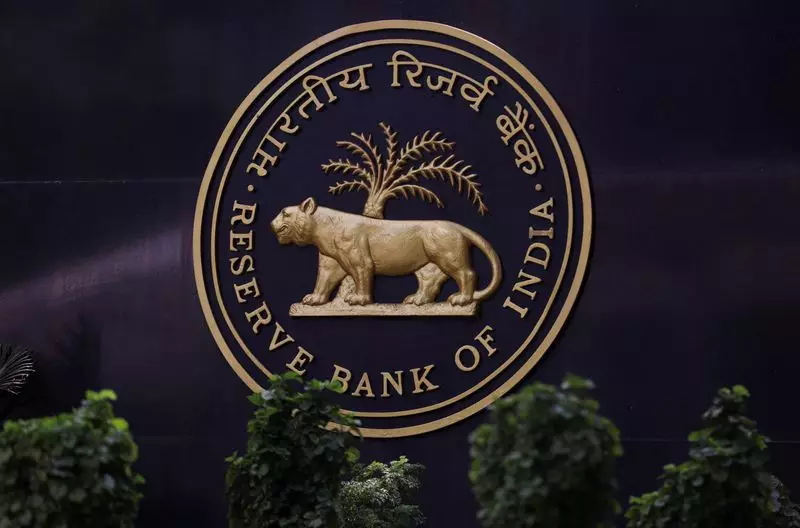India’s central bank recently announced that the country’s natural rate of interest has been on the rise since the onset of the pandemic. This increase is expected to continue in the future, driven by the growth of potential output. The natural rate of interest is a crucial indicator associated with an economy operating at full capacity without generating inflationary pressures. According to the Reserve Bank of India, this natural rate was estimated to be between 1.4-1.9% in the fourth quarter of 2023-24, a significant increase from the 0.8-1.0% estimate in the third quarter of 2021-22.
The rise in the natural rate of interest could limit the room for the central bank to ease monetary policy in the coming months. When the policy rate is set below the natural rate, it is considered accommodative. Conversely, if the policy rate exceeds the natural rate, it indicates a restrictive stance. With inflation currently standing at 5.1% and the central bank’s lending rate set at 6.5%, the real rate stands at 1.4%. However, with an estimated average inflation rate of 4.5% for the fiscal year, this real rate could potentially increase to 2%.
Market analysts have varying opinions about the future trajectory of India’s monetary policy. Gaura Sen Gupta, chief economist at IDFC First Bank, suggests that the wide estimate for the natural rate of interest could lead to mixed reactions among the central bank’s monetary policy committee members. The lower end of the neutral rate range may provide space for a 50 basis point rate cut in FY25, while the upper end signals a halt in rate cuts. Gupta predicts a shallow rate cut cycle to commence in the latter part of the year, based on these projections.
The central bank also highlighted the impact of rising investment demand on the natural rate of interest. The growth of potential output was estimated to be between 5.9% to 8.3%, further contributing to the upward trend in the natural rate. This upsurge in investment demand is expected to have a significant influence on the country’s overall economic landscape in the coming years.
Inflation has been a persistent concern for the central bank, with disinflation proving to be slow and erratic. Despite efforts to curb inflation and bring it down to the targeted 4%, the central bank acknowledges the challenges posed by varying price trends. The RBI emphasized the importance of maintaining a consistent approach to achieve the desired inflation target, suggesting that even a prolonged deviation from the target could trigger a reassessment of the monetary policy stance.
The rise in India’s natural rate of interest has profound implications for the country’s monetary policy decisions. With inflation hovering around 5% and the natural rate projected to increase, the central bank faces a delicate balancing act to ensure economic stability while navigating through uncertain market conditions. As India charts its course towards recovery post-pandemic, the dynamics of monetary policy will play a crucial role in shaping the future trajectory of the economy.

